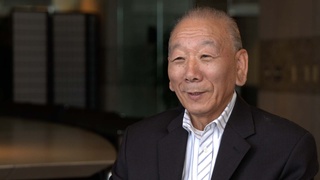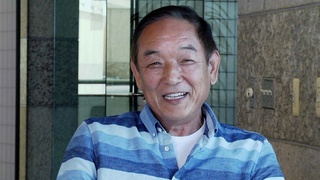Interviews
Struggles with English (Japanese)
(Japanese) I came back and was working as an apprentice at my aunt’s friend’s place Shopping Bag. But, I don’t understand English, right? I was working with 5 others, all Nisei. They were all college graduates, too, and, on top of that, veterans. They were of a relatively older generation of Nisei, so their Japanese was pretty good. They took care of me. Every time a white customer asked me something, I had to say, “Please wait,” go to the back, and ask one of them, and they’d tell me the answer. At first, I thought, “Well, this is interesting in its own way,” but after a month I had had enough of it and began to think it must be a bother for whomever else was involved, too.
That’s when my childhood friend came up to me and asked how much I was making there. He said, “What are you doing here? You gotta move over to the boarding house in Sawtelle. You’ll make a bunch more money as a gardener.” So, after a month and a half, I stopped working at Shopping Bag and moved out there.
Date: January 31, 2012
Location: California, US
Interviewer: John Esaki, Yoko Nishimura
Contributed by: Watase Media Arts Center, Japanese American National Museum








